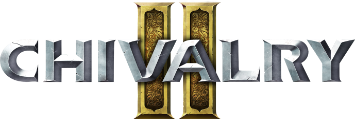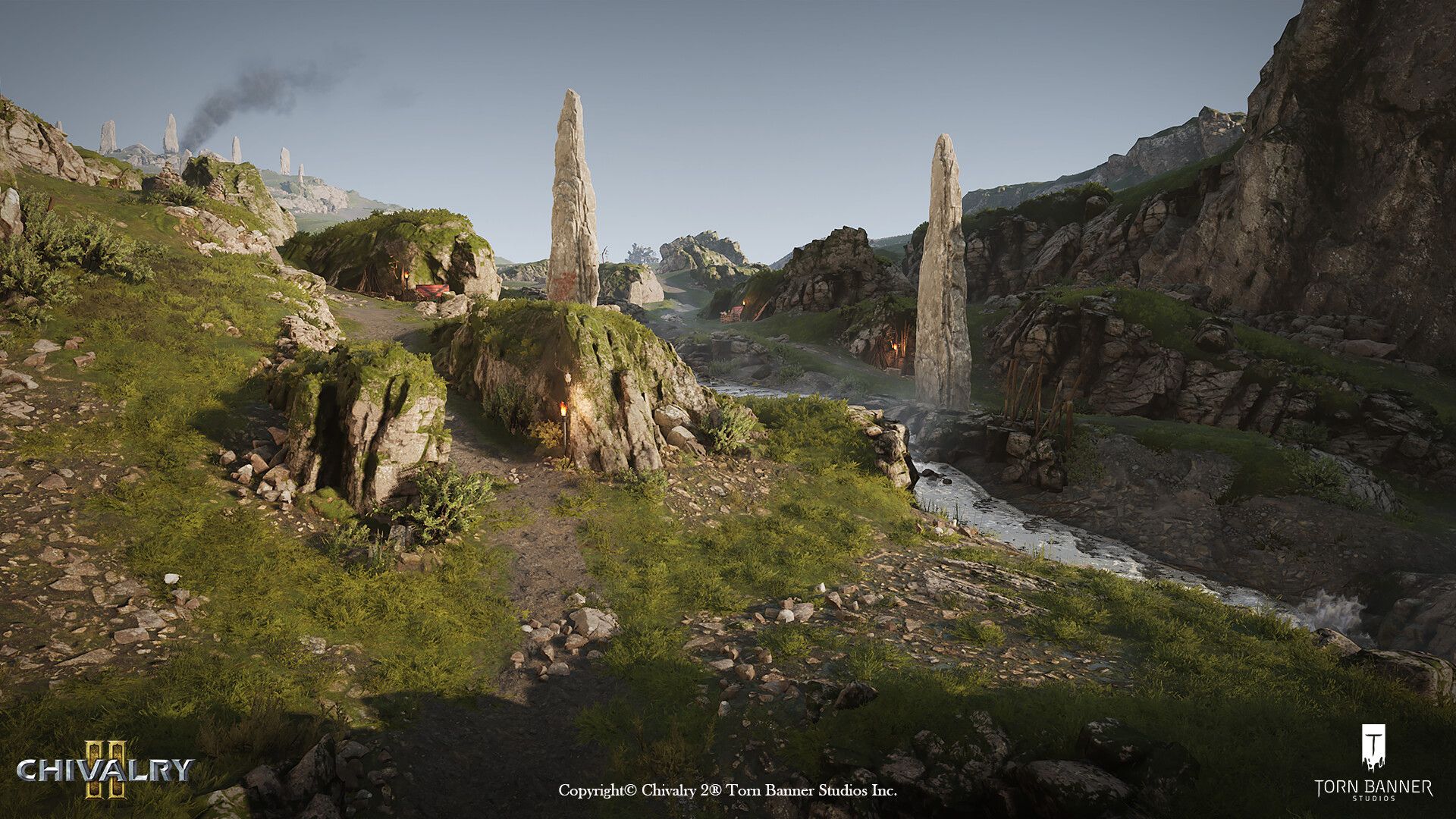
3D Environment Artist at Torn Banner Studios Justin Myles explained the processes of creating complex multilayered landscapes and set dressing for Chivalry 2’s The Raid on Aberfell map.

Hi there, my name is Justin Myles, an Environment Artist who’s been working in the game industry since 2019. I’ve been learning 3D art for over 12 years and graduated from the University of Bradford in the United Kingdom.
Bulkhead Interactive was the first games studio I got to work with, and later, I moved on to Torn Banner Studios to work on the game Chivalry 2. At TBS, my main tasks are to help with the production of the game’s environments, these could be:
- Modeling assets for the game, these could be baked assets or assets made using trim sheets.
- Worldbuilding, for example, terrain sculpting/painting, placing foliage and debris, etc.
- Set dressing environments, like placing structures and props.
- The creation of physically based materials.
- Bug fixing any issues the QA team may find, for example, collisions or navigational problems for AI.
Why did the team choose Unreal Engine for production?
To my mind, the main benefit of Unreal Engine is that it provides industry-leading software to just about anyone in their own home, meaning many of us in the team grew up using the software.
I believe our Environment Art team loves Unreal Engine because it gives us a piece of software that doesn’t require the artists to be incredibly experienced programmers. This allows us to fulfill our creative ideas because there’s always a node or a blueprint that can help us achieve what we have in mind.
There are so many creative ways to achieve the same visual result in Unreal Engine, every day, you learn about some crazy new method.
Setting up complex multilayered landscapes
We would start with basic UE-created terrain without any materials set up for it yet. At the early stages of development, it would simply be about playtesting our level, and only later would we implement Height Blended Materials which we could paint on to break up the larger surfaces. With them being Height Blended, everything looks more natural when transitioning between materials.
We would also use Megascans to set up mountains, plants, rocks, etc. Megascans has a fantastic scanned data library, and if you’re willing to put in a little bit of time to get them game-ready, it’s a wonderful investment!







